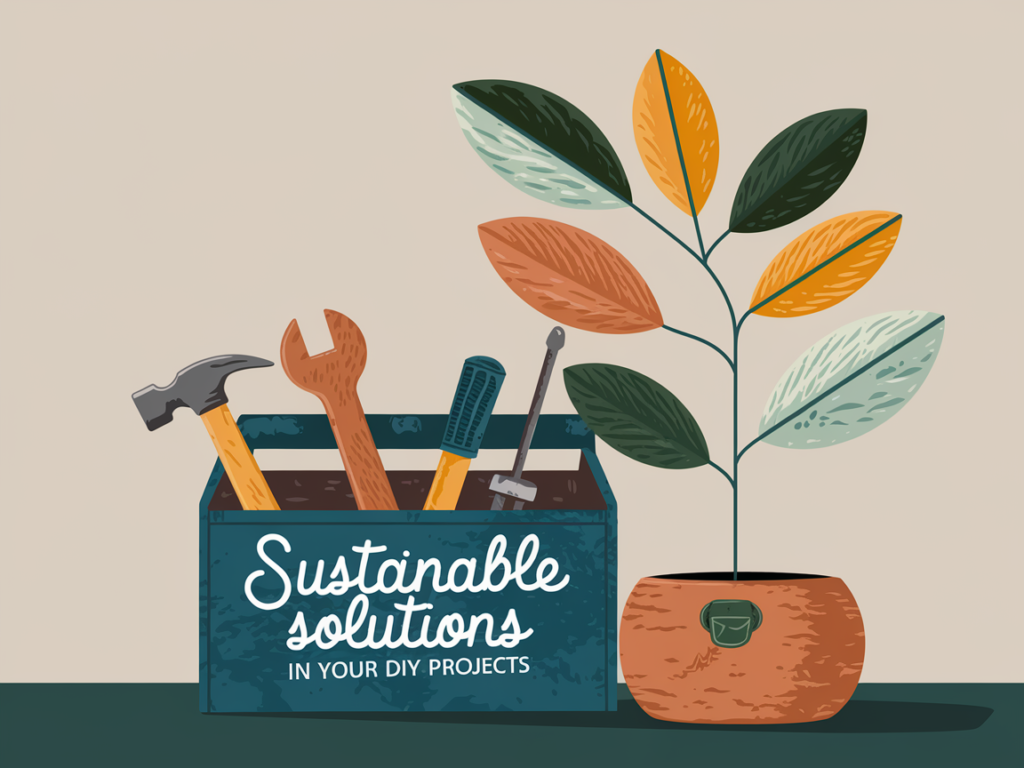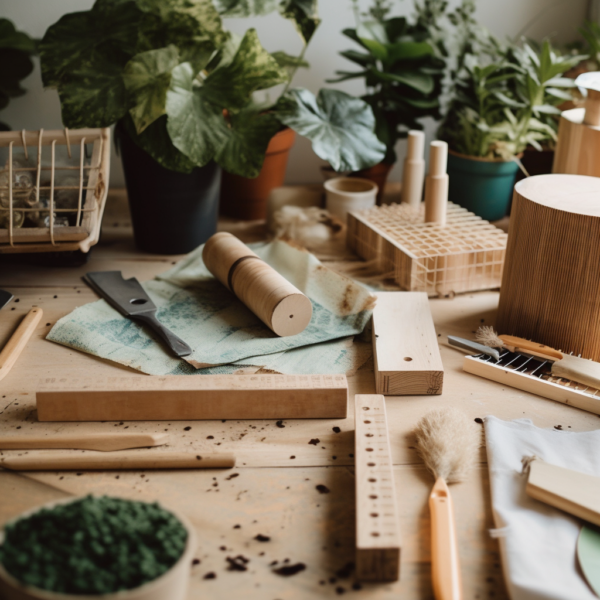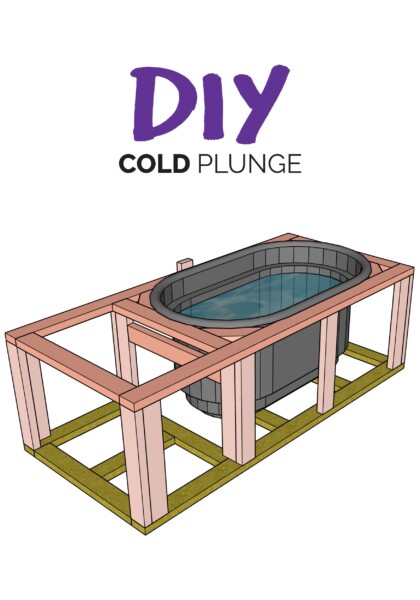
In an era where environmental consciousness is on the rise, it’s crucial to consider sustainable alternatives in every aspect of our lives, including our DIY projects. Embracing eco-friendly tools not only minimizes our ecological footprint but also contributes to the preservation of our planet. In this article, we will explore the concept of eco-friendly tools and delve into various sustainable solutions that can be incorporated into your DIY projects. By embracing these tools, you can align your creativity with environmental responsibility and make a positive impact on the planet.

- Recycled and Upcycled Tools: Embrace the concept of recycling and upcycling by opting for tools made from recycled materials. Many manufacturers offer a range of eco-friendly tools crafted from recycled plastics, metals, or reclaimed wood. These tools not only reduce waste but also function just as effectively as their non-recycled counterparts.
- Hand Tools for Precision and Efficiency: Consider utilizing hand tools that require manual operation rather than relying solely on power tools. Hand tools have a smaller environmental impact as they don’t consume electricity and produce fewer emissions. Additionally, they often promote precision and provide a sense of craftsmanship.
- Energy-Efficient Power Tools: When power tools are necessary, opt for energy-efficient models. Look for tools with Energy Star ratings or those that incorporate advanced technology to minimize energy consumption. These tools are designed to maximize performance while minimizing their carbon footprint.
- Cordless Tools and Rechargeable Batteries: Invest in cordless tools powered by rechargeable batteries. Cordless tools eliminate the need for extension cords, reducing clutter and tripping hazards. Additionally, rechargeable batteries reduce the consumption of disposable batteries, minimizing waste and environmental impact.
- Tool Sharing and Borrowing: Consider participating in tool sharing programs or forming tool-sharing networks within your community. Sharing tools not only reduces the need for each individual to own every tool but also promotes a sense of community and resourcefulness. This approach fosters sustainability by reducing the overall demand for tool production.
- Sustainable Tool Storage: Utilize eco-friendly storage solutions for your tools, such as repurposed or upcycled containers. Consider using salvaged wood or reclaimed materials to build storage shelves or racks. Additionally, label and organize your tools effectively to minimize the risk of misplacing or repurchasing unnecessary duplicates.
- Tool Maintenance and Longevity: Proper maintenance is essential for prolonging the lifespan of your tools. Regular cleaning, lubrication, and storage in a dry environment can prevent rust and damage, ensuring your tools last longer. By maximizing the lifespan of your tools, you reduce the need for frequent replacements, saving resources and reducing waste.
If you love recycling, reusing, being green and more things like that, visit Livable Ways
By embracing eco-friendly tools in your DIY projects, you contribute to a more sustainable and environmentally conscious approach to craftsmanship. Whether through the use of recycled tools, energy-efficient power tools, or the sharing and borrowing of tools, each step towards sustainability makes a significant difference. As a responsible DIY enthusiast, you have the power to merge creativity with environmental consciousness, promoting a greener future. Embrace eco-friendly tools and inspire others to follow suit, fostering a community that thrives on sustainable solutions in DIY projects.
As an Amazon Associate we earn from qualifying purchases through some links in our articles.



